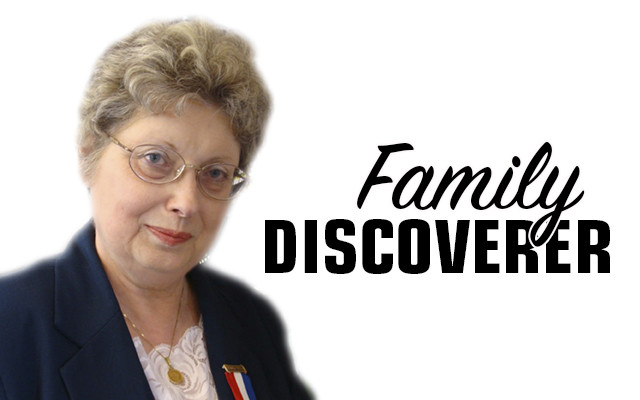
New England’s whalers
By Nancy Battick
The New England Historic Genealogical Society recently announced a new database available to their subscribers, Offshore Whaling Crew Lists, 1799-1927.
This database, compiled with the cooperation of several museums and archives, contains 6,082 names of those who sailed and returned from whaling voyages. It also includes the names of the vessels they boarded, the port they sailed from, date of departure, and when they returned.
The lists comprise four New England ports: Nantucket, Mystic, New Bedford, and Fall River. These were the principal whaling ports in New England.
If you have seafaring ancestors, they may have been part of the whaling industry. Today there are strict international regulations about whale hunting, but in the 17th through the 19th centuries, hunting whales was a lucrative business venture. Unlike the Inuit who hunted whales for their survival and wasted nothing, whale hunters all over the world hunted down what must have seemed like a limitless supply of these mammals for commercial usage.
Some whales provided the bones for those punishing corsets that allowed women to have tiny, fashionable waistlines until steel replaced the bones. Whales also produced oil from their blubber that kept lamps lit, since petroleum wasn’t in production until the 1850s. The advent of kerosene replaced whale oil because it was cheaper, as the abundance of kerosene lamps in antique shops reveal.
Waxy substances found in various parts of certain whales were used in candles and ambergris was valuable in stabilizing expensive perfumes and colognes. Other whale products were used in making fine soaps.
Sailors who signed on for a whaling voyage could plan on being away from home for several years. Many never returned, the fate of their whale ships unknown. Today the existence of scrimshaw items in museums and private collections testifies to one way sailors on these long, often boring voyages passed their time.
The tale of “Moby Dick,” written by Herman Melville, is the best-known novel about the whaling industry. There are movie versions of Moby Dick that illustrate the perils of trying to harpoon large whales from small, open boats. The movie “The Whaleship Essex,” a real Nantucket vessel, tells the true story behind the legend of the great white whale. All of these tell a grim story about a grim industry.
If you think you had a whaler in your family tree, you can check out the index at americanancestors.org. You must be a member, but membership has recently been offered at reduced prices and I believe they will work with you if you only wish to purchase a short-term membership. Also, the Mystic Sea Port Museum, New Bedford Whaling Museum, and the Nantucket Historical Association can be contacted if you know your ancestor’s port of departure.
Other towns also sent whaleships onto the oceans to pursue this lucrative industry, so try local historical societies, libraries, and museums in your quest for information about the whalers in your family tree.
Columnist Nancy Battick of Dover-Foxcroft has researched genealogy for over 30 years. She is past president of the Maine Genealogical Society, author of several genealogical articles and co-transcribed the Vital Records of Dover-Foxcroft. Nancy holds an MA in History from UM and lives in DF with her husband, Jack, another avid genealogist. Reader emails are welcome at nbattick@roadrunner.com.